Home>Gardening & Outdoor>Plant Care & Gardening Tips>When To Plant Wildflower Seeds In Alabama


Plant Care & Gardening Tips
When To Plant Wildflower Seeds In Alabama
Modified: January 5, 2024
Learn the best time to plant wildflower seeds in Alabama and get expert plant care and gardening tips for successful wildflower cultivation. Discover the ideal planting season and techniques.
(Many of the links in this article redirect to a specific reviewed product. Your purchase of these products through affiliate links helps to generate commission for Storables.com, at no extra cost. Learn more)
**
Introduction
**
Welcome to the vibrant world of wildflowers in Alabama! If you're an avid gardener or nature enthusiast, you're in for a treat. Wildflowers not only add a burst of color and beauty to the landscape but also play a crucial role in supporting local ecosystems and wildlife. In this article, we'll delve into the fascinating realm of wildflowers, with a specific focus on Alabama's unique climate and soil conditions. Whether you're a seasoned gardener or a novice with a passion for nature, you'll discover valuable insights on when and how to plant wildflower seeds to create a stunning and sustainable floral display.
Alabama's diverse geography and temperate climate provide an ideal environment for a wide variety of wildflowers to thrive. From the majestic mountains in the north to the serene coastal plains in the south, the state offers a rich tapestry of flora, each with its own distinct charm and characteristics. By understanding the best practices for planting and caring for wildflowers, you can contribute to the preservation of native plant species while enhancing the natural beauty of your surroundings.
Throughout this article, we'll explore the optimal timing for planting wildflower seeds in Alabama, taking into account the region's climate patterns and growing seasons. Additionally, we'll discuss the essential factors to consider when selecting and preparing a suitable planting site, as well as the step-by-step process for sowing wildflower seeds and nurturing them to maturity. By the end of this journey, you'll be equipped with the knowledge and inspiration to embark on your own wildflower gardening adventure, creating a picturesque haven for local pollinators and wildlife.
So, grab your gardening gloves and get ready to embark on a horticultural escapade as we uncover the secrets of planting wildflower seeds in the heart of Alabama's natural splendor. Whether you're cultivating a small backyard garden or transforming a larger expanse of land, the enchanting allure of wildflowers is sure to captivate your imagination and instill a deep appreciation for the wonders of nature. Let's dive in and unlock the magic of wildflower gardening in the beautiful state of Alabama!
**
Key Takeaways:
- Plant wildflower seeds in Alabama in the fall for vibrant blooms. Consider soil, sunlight, and native species for a thriving garden that supports local ecosystems.
- Care for your wildflower garden by watering, weeding, and observing. Embrace the beauty of native blooms and nurture a sustainable ecosystem in Alabama.
Read more: When Should I Plant Wildflower Seeds
Understanding Wildflowers in Alabama
**
Before embarking on your wildflower gardening journey in Alabama, it’s essential to familiarize yourself with the diverse array of native wildflowers that thrive in the state’s unique climate and soil conditions. Alabama’s rich biodiversity encompasses a wide spectrum of wildflower species, each contributing to the ecological tapestry in its own distinctive way.
From the iconic Black-Eyed Susan to the delicate Butterfly Weed, Alabama’s wildflowers showcase a kaleidoscope of colors and shapes, adorning fields, woodlands, and meadows throughout the state. These native plants play a vital role in supporting local pollinators, such as bees and butterflies, while also providing food and habitat for various wildlife species.
One of the defining characteristics of wildflowers in Alabama is their adaptability to the region’s climate variations. From the humid subtropical climate in the southern coastal areas to the cooler, mountainous regions in the north, wildflowers have evolved to thrive in a range of environments. This resilience makes them well-suited for both ornamental gardening and ecological restoration projects, offering a sustainable and low-maintenance landscaping option for homeowners and conservationists alike.
Moreover, many native wildflowers in Alabama have historical and cultural significance, deeply rooted in the state’s heritage. For centuries, these plants have been celebrated for their medicinal properties, aesthetic appeal, and symbolic meanings within local folklore and traditions. By cultivating native wildflowers in your garden, you can connect with Alabama’s rich botanical legacy and contribute to the preservation of indigenous plant species.
As you delve into the world of wildflowers in Alabama, take the time to appreciate the intricate relationships between these plants and the surrounding ecosystem. Whether you’re drawn to the vibrant hues of the Coreopsis or the graceful elegance of the Purple Coneflower, each wildflower has a story to tell and a role to play in sustaining the natural balance of Alabama’s landscapes.
By understanding the ecological importance and cultural significance of native wildflowers, you’ll gain a deeper appreciation for the remarkable diversity of plant life that thrives within Alabama’s borders. Armed with this knowledge, you’ll be well-prepared to select and cultivate the perfect wildflowers for your garden, creating a living tapestry of color and vitality that honors the spirit of Alabama’s natural heritage.
**
Best Time to Plant Wildflower Seeds
**
Timing is crucial when it comes to planting wildflower seeds in Alabama, as it directly influences the success and vibrancy of your floral display. Understanding the optimal planting window for wildflowers is essential for harnessing the full potential of these resilient and captivating plants.
In Alabama, the best time to plant wildflower seeds is typically in the fall, between the months of September and November. During this period, the soil retains residual warmth from the summer months, creating favorable conditions for seed germination and root establishment. Additionally, the fall planting window allows wildflower seeds to undergo a process known as cold stratification, where exposure to cool temperatures over the winter enhances their germination potential in the spring.
By sowing wildflower seeds in the fall, you align with nature’s rhythm, giving the seeds ample time to acclimate to their new environment and develop strong root systems before the onset of the growing season. This strategic timing sets the stage for robust growth and prolific blooming once spring arrives, resulting in a breathtaking tapestry of wildflowers adorning your garden or landscape.
Another advantage of fall planting is the reduced competition from weeds, which are less active during the cooler months. This allows the newly sown wildflower seeds to establish themselves without the threat of aggressive weed encroachment, giving them a competitive edge as they prepare for the upcoming spring emergence.
While fall is the primary planting season for wildflowers in Alabama, certain species may also benefit from early spring sowing, particularly those that require a shorter period of cold stratification. However, it’s important to research the specific germination requirements of the wildflower species you intend to plant, as some may necessitate unique timing and conditions for successful establishment.
By aligning your wildflower planting schedule with the natural cycles of the Alabama climate, you can harness the innate resilience and adaptability of these plants, setting the stage for a spectacular floral display that harmonizes with the rhythms of the local environment.
Whether you’re creating a wildflower meadow, enhancing a pollinator habitat, or simply adding a touch of natural beauty to your surroundings, the timing of wildflower seed planting plays a pivotal role in shaping the success and longevity of your floral masterpiece. Embrace the seasonal ebb and flow of Alabama’s climate, and let it guide you in sowing the seeds of enchantment that will blossom into a breathtaking wildflower spectacle.
**
Factors to Consider
**
When preparing to plant wildflower seeds in Alabama, several key factors should be taken into consideration to ensure the successful establishment and flourishing of these native plants. Understanding and addressing these factors will lay the groundwork for a thriving wildflower garden that harmonizes with the unique characteristics of Alabama’s landscape and climate.
1. Soil Composition and Drainage: Assess the soil composition of your planting site, paying attention to factors such as texture, fertility, and drainage. Most wildflowers prefer well-drained soil with a balanced nutrient content. Conduct a soil test to determine the pH levels and nutrient concentrations, and amend the soil as needed to create an optimal growing environment for wildflowers.
2. Sunlight Exposure: Evaluate the amount of sunlight that the planting site receives throughout the day. Most wildflowers thrive in full sun or partial shade, so selecting a location with the appropriate sunlight exposure is crucial for their growth and flowering. Take note of any potential obstructions or shading from nearby structures or vegetation.
3. Native Species Selection: Choose wildflower species that are native to Alabama and well-suited to its climate and growing conditions. Native plants have evolved to thrive in their specific habitats and play a vital role in supporting local ecosystems. By selecting native wildflowers, you can contribute to the preservation of indigenous plant species and create a habitat that attracts native pollinators and wildlife.
4. Watering and Irrigation: Consider the availability of water and establish a watering regimen that meets the moisture needs of the selected wildflower species. While some native wildflowers are drought-tolerant, others may require consistent moisture, especially during the establishment phase. Implementing efficient irrigation practices will help sustain healthy growth and blooming.
5. Competition and Maintenance: Take into account the presence of competing vegetation, such as grasses and weeds, which may hinder the establishment of wildflower seedlings. Plan for regular maintenance activities, including weed control and selective mowing, to create an optimal environment for the wildflowers to thrive without being overshadowed by aggressive neighboring plants.
6. Wildflower Mixture and Diversity: Consider using a diverse mix of wildflower seeds to create a visually captivating and ecologically beneficial landscape. A varied selection of wildflower species enhances biodiversity, attracts a wider range of pollinators, and contributes to the resilience of the overall ecosystem. Aim for a balanced blend of annuals and perennials to ensure continuous blooming throughout the seasons.
By carefully evaluating these factors and tailoring your approach to suit the specific needs of the chosen wildflower species, you can set the stage for a flourishing and sustainable wildflower garden that thrives in harmony with the natural environment of Alabama. Taking a thoughtful and strategic approach to these considerations will maximize the beauty and ecological impact of your wildflower planting endeavor, creating a vibrant tapestry of native flora that enriches the local landscape.
**
Wildflower seeds should be planted in Alabama in the fall, between September and November. This allows the seeds to establish before the winter and bloom in the spring.
Steps for Planting Wildflower Seeds
**
Embarking on the journey of planting wildflower seeds in Alabama is an enriching endeavor that allows you to connect with the natural beauty and ecological diversity of the region. By following a series of carefully crafted steps, you can sow the seeds of enchantment and cultivate a flourishing wildflower garden that adds vibrancy to your surroundings while supporting local pollinators and wildlife.
1. Site Preparation: Select a suitable planting site that receives adequate sunlight and has well-drained soil. Clear the area of any debris, weeds, or competing vegetation to create a favorable environment for the wildflower seeds to germinate and establish themselves. Consider the desired size and layout of the wildflower garden, whether it’s a small patch or a larger meadow-like expanse.
2. Soil Amendment: Conduct a soil test to assess the pH levels and nutrient content of the soil. Based on the results, amend the soil as needed to optimize its fertility and structure for wildflower growth. Incorporate organic matter or soil amendments to improve the soil’s texture and provide a nourishing foundation for the seeds to take root.
3. Seed Selection and Mixing: Choose a diverse selection of wildflower seeds that are native to Alabama and well-suited to the region’s climate. Consider a blend of annual and perennial wildflowers to ensure continuous blooming throughout the seasons. Mix the seeds with a carrier material, such as sand or vermiculite, to facilitate even distribution during sowing.
4. Sowing the Seeds: Broadcast the wildflower seed mixture evenly over the prepared planting site. Depending on the size of the area, you can sow the seeds by hand or use a seed spreader for larger expanses. Lightly rake the seeds into the soil surface to ensure good seed-to-soil contact, which is essential for successful germination.
5. Watering and Mulching: After sowing the wildflower seeds, gently water the planting site to settle the seeds into the soil. Use a fine mist or gentle spray to avoid dislodging the seeds. Apply a thin layer of mulch, such as straw or light wood shavings, to help retain soil moisture and protect the seeds from drying out or being displaced by wind or rain.
6. Establishment and Maintenance: Monitor the planting site regularly to ensure adequate moisture for seed germination and early growth. Once the wildflower seedlings emerge, gradually reduce watering frequency as they become established. Implement weed control measures to minimize competition from unwanted vegetation, and selectively mow the area if necessary to maintain a balanced ecosystem.
7. Enjoying the Blooms: As the wildflower garden matures, revel in the kaleidoscope of colors and textures that adorn the landscape. Observe the diverse array of pollinators, from butterflies to bees, that are attracted to the nectar-rich blooms. Capture the beauty of the wildflowers through photography or simply immerse yourself in the tranquil ambiance they create.
By following these steps and infusing your wildflower planting journey with care and enthusiasm, you can cultivate a captivating and sustainable wildflower garden that celebrates the natural splendor of Alabama. Embrace the artistry of wildflower gardening as you witness the transformation of seeds into a resplendent tapestry of native blooms, each contributing to the ecological harmony and visual allure of the local landscape.
**
Read more: When To Plant Grass Seed In North Alabama
Maintenance and Care
**
Once your wildflower garden has been established in Alabama, it’s essential to provide ongoing maintenance and care to ensure the continued health and vibrancy of the native plant species. By implementing thoughtful maintenance practices and nurturing the wildflowers with attentive care, you can sustain a flourishing ecosystem that enriches the local landscape and supports biodiversity.
1. Watering: While many native wildflowers are adapted to the local climate and soil conditions, supplemental watering may be necessary during extended periods of drought. Monitor the moisture levels of the soil and provide water as needed to support healthy growth and blooming, especially during the establishment phase and dry spells.
2. Weed Control: Regularly inspect the wildflower garden for invasive weeds and competing vegetation that may encroach upon the space occupied by the native wildflowers. Implement targeted weed control measures, such as hand-pulling or strategic mulching, to minimize the impact of weeds and preserve the ecological balance within the garden.
3. Selective Mowing: In larger wildflower meadows or expanses, consider implementing selective mowing practices to manage the height and density of the vegetation. By mowing certain areas while allowing others to flourish, you can create diverse habitats that cater to a wide range of pollinators and wildlife, enhancing the ecological value of the wildflower garden.
4. Fertilization: Native wildflowers often thrive in nutrient-balanced soils, and excessive fertilization may not be necessary. However, if soil deficiencies are identified through periodic soil testing, consider using organic or slow-release fertilizers to supplement the soil with essential nutrients in a balanced and sustainable manner.
5. Pest and Disease Management: Monitor the wildflower garden for signs of pests or diseases that may affect the health of the plants. Employ integrated pest management strategies, such as promoting beneficial insect populations and practicing cultural controls, to address pest issues while minimizing the use of chemical interventions.
6. Observation and Enjoyment: Take the time to observe the wildflower garden throughout the seasons, noting the transitions in bloom cycles and the diverse array of pollinators and wildlife it attracts. Embrace the beauty of the native blooms and the ecological interactions they foster, fostering a deeper connection with the natural world.
7. Seed Collection and Propagation: In some cases, you may consider collecting seeds from the established wildflower garden to propagate additional plantings or contribute to local conservation efforts. Exercise care and ethical consideration when collecting seeds, ensuring that the process aligns with sustainable practices and does not disrupt the ecological balance of the garden.
By integrating these maintenance and care practices into your stewardship of the wildflower garden, you can nurture a resilient and captivating landscape that thrives in harmony with the natural environment of Alabama. Embrace the role of a caretaker and observer, fostering a living tapestry of native flora that enriches the local ecosystem and inspires a deeper appreciation for the wonders of the natural world.
**
Conclusion
**
As we conclude our exploration of planting wildflower seeds in Alabama, we’ve embarked on a journey that celebrates the rich tapestry of native flora and the enduring allure of the natural world. By delving into the art and science of wildflower gardening, we’ve uncovered the transformative power of these resilient plants to enrich the local landscape, support biodiversity, and kindle a sense of wonder and connection with the environment.
Planting wildflower seeds in Alabama is a testament to the harmony between human stewardship and the intrinsic beauty of the region’s native plant species. As we’ve learned, the best time to sow wildflower seeds aligns with the rhythms of nature, with the fall season offering an opportune window for establishing these enchanting blooms in the soil of Alabama’s diverse terrain.
Throughout this journey, we’ve embraced the diverse array of factors that shape the success of a wildflower garden, from soil composition and sunlight exposure to the careful selection of native species that reflect the botanical legacy of Alabama. By tending to these factors with care and consideration, we’ve set the stage for a flourishing wildflower garden that embodies the spirit of ecological stewardship and natural beauty.
As the wildflower garden takes root and blossoms, we’ve recognized the ongoing commitment to maintenance and care as essential elements of nurturing a sustainable and vibrant ecosystem. From watering and weed control to the joy of observing the seasonal transitions and biodiversity within the garden, our role as caretakers and admirers of the wildflowers becomes a source of inspiration and connection to the living landscape.
In the heart of Alabama, the wildflower garden becomes a living canvas, painting the scenery with a palette of native blooms that captivate the senses and beckon a diverse array of pollinators and wildlife. It serves as a testament to the enduring resilience and timeless allure of wildflowers, weaving a story of ecological harmony and natural splendor within the fabric of Alabama’s natural heritage.
As we part ways, may the wisdom and wonder gained from our exploration of planting wildflower seeds in Alabama inspire you to embark on your own horticultural odyssey, whether in a small garden plot, a sprawling meadow, or a community restoration project. Embrace the artistry of wildflower gardening as a celebration of the intertwined beauty of nature and human stewardship, and let the vibrant blooms of Alabama’s native wildflowers ignite a sense of awe and reverence for the intricate tapestry of life that surrounds us.
With each wildflower blossom that graces the landscape, may it serve as a testament to the enduring beauty and resilience of the natural world, and a reminder of our role as guardians and admirers of its timeless splendor.
Frequently Asked Questions about When To Plant Wildflower Seeds In Alabama
Was this page helpful?
At Storables.com, we guarantee accurate and reliable information. Our content, validated by Expert Board Contributors, is crafted following stringent Editorial Policies. We're committed to providing you with well-researched, expert-backed insights for all your informational needs.
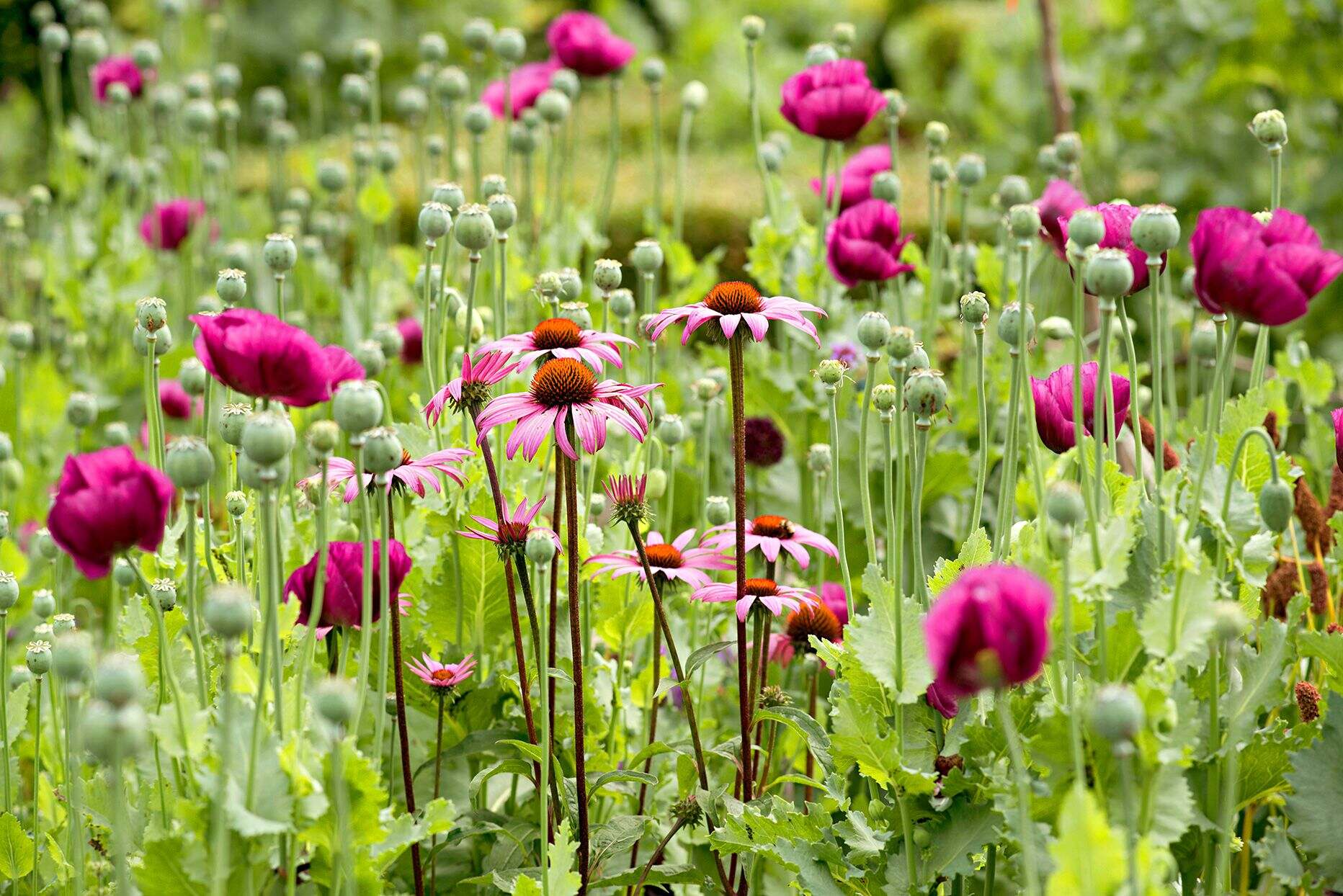
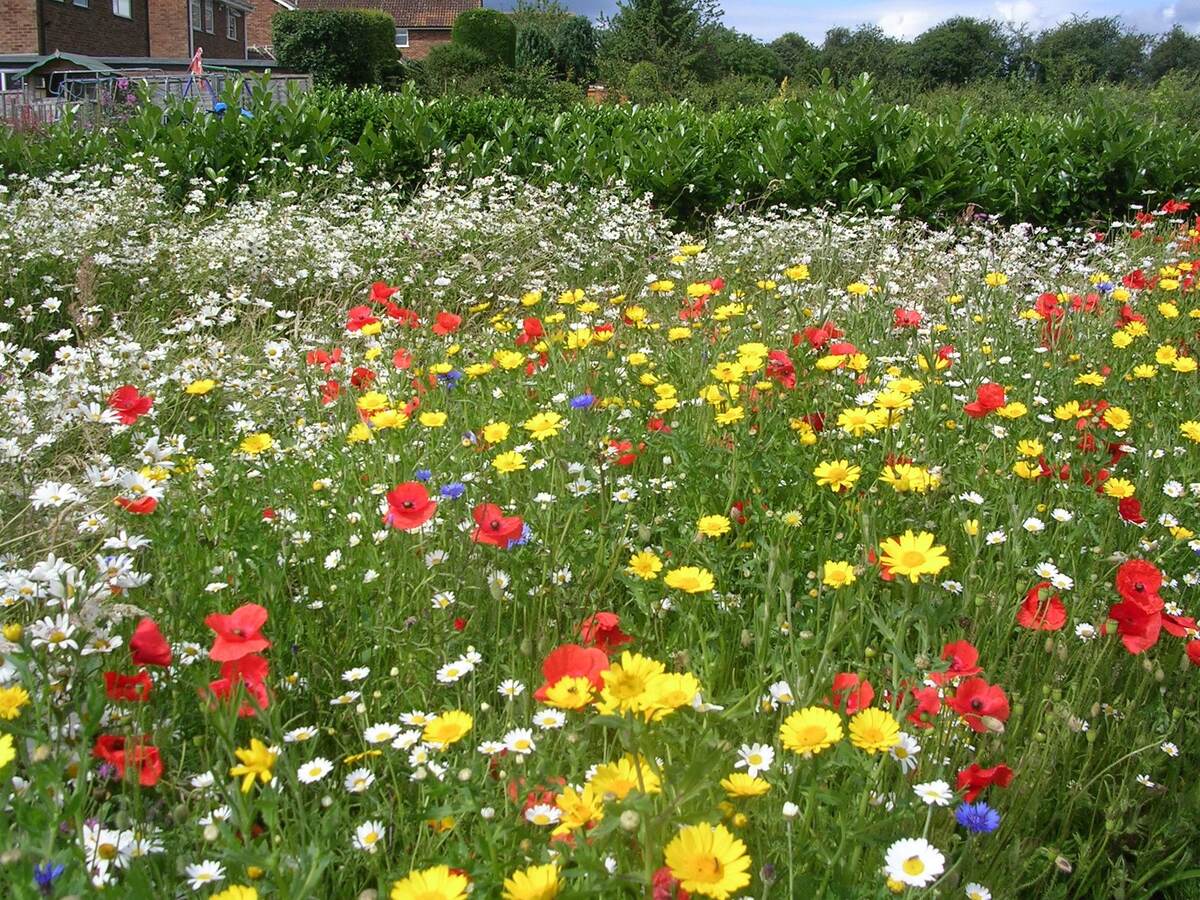
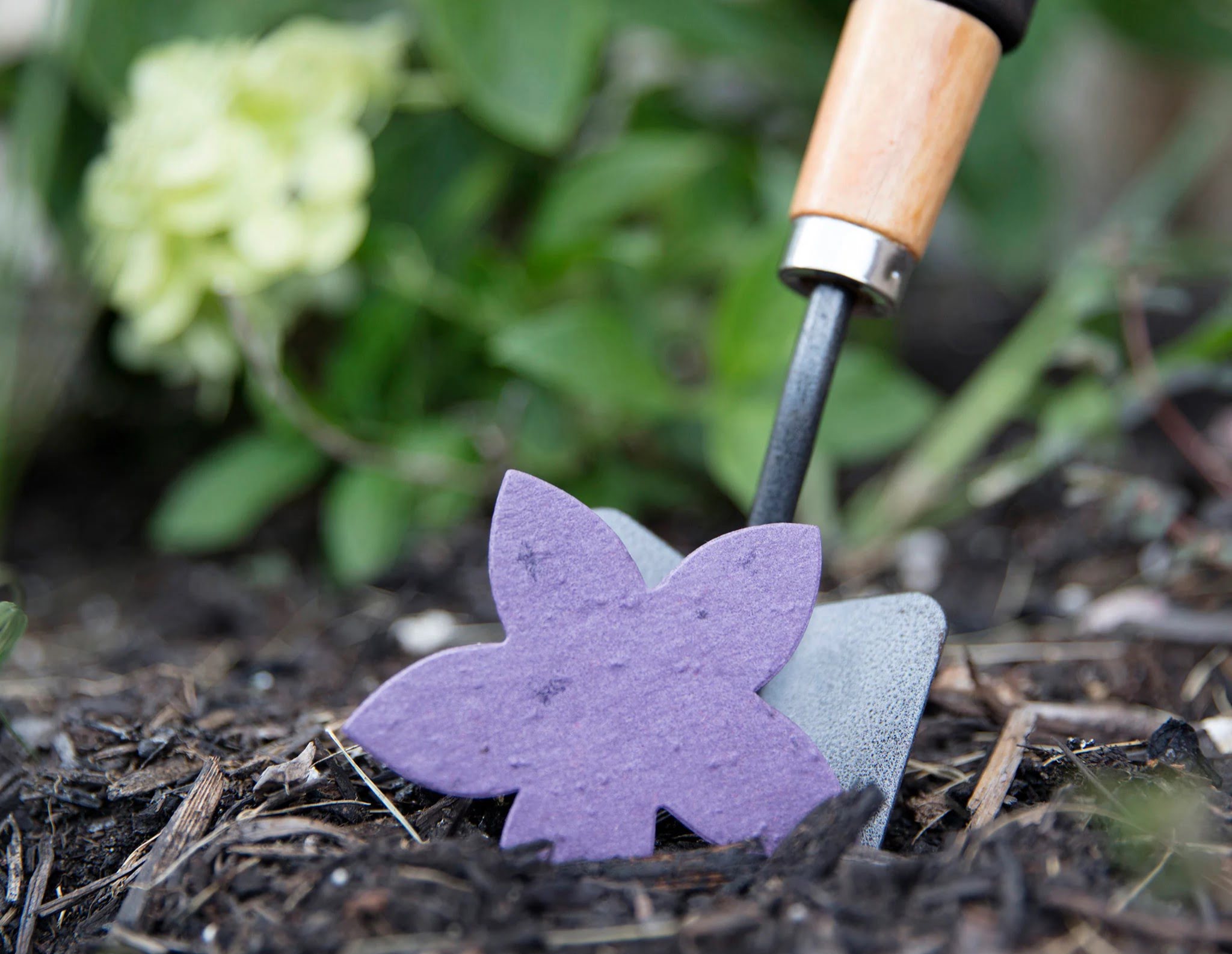
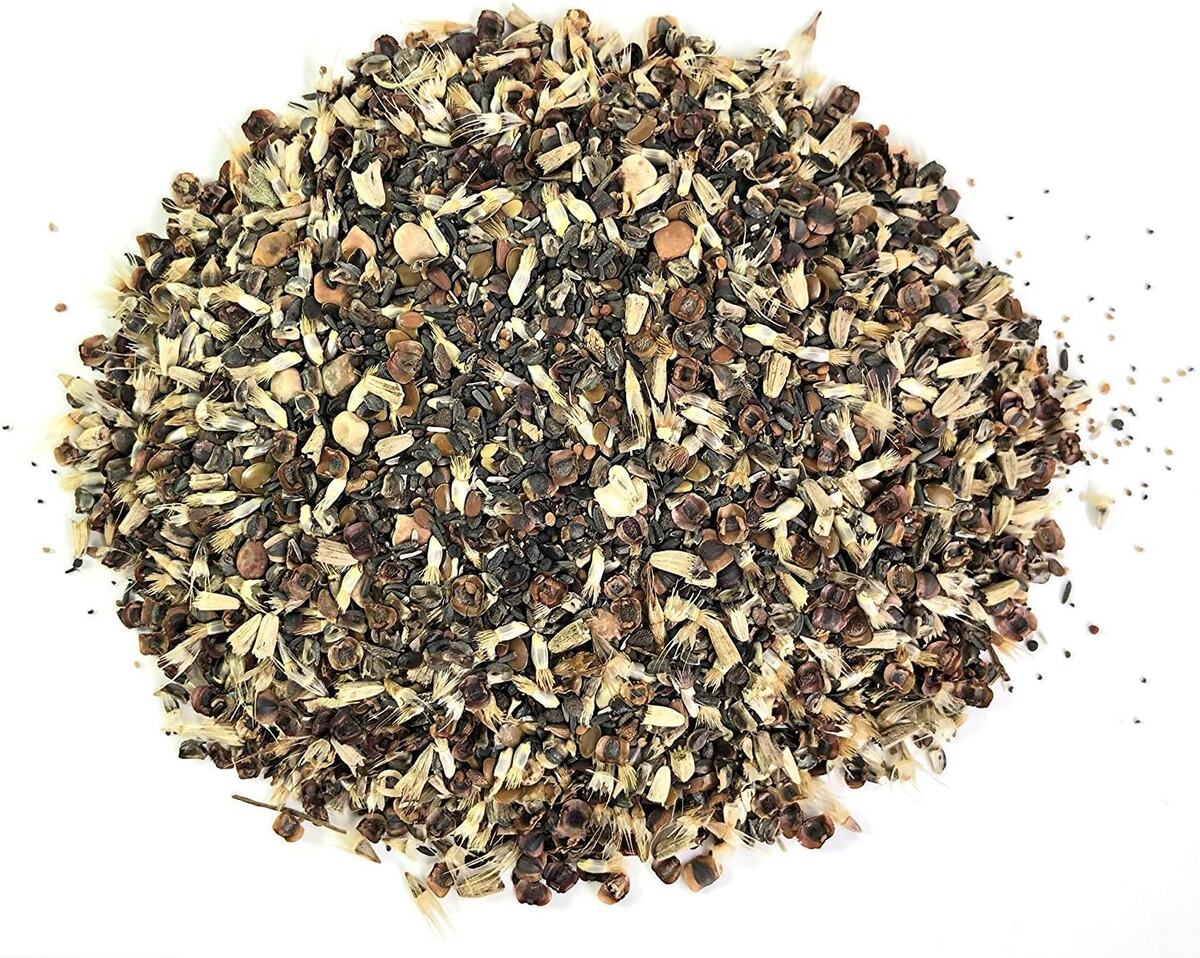
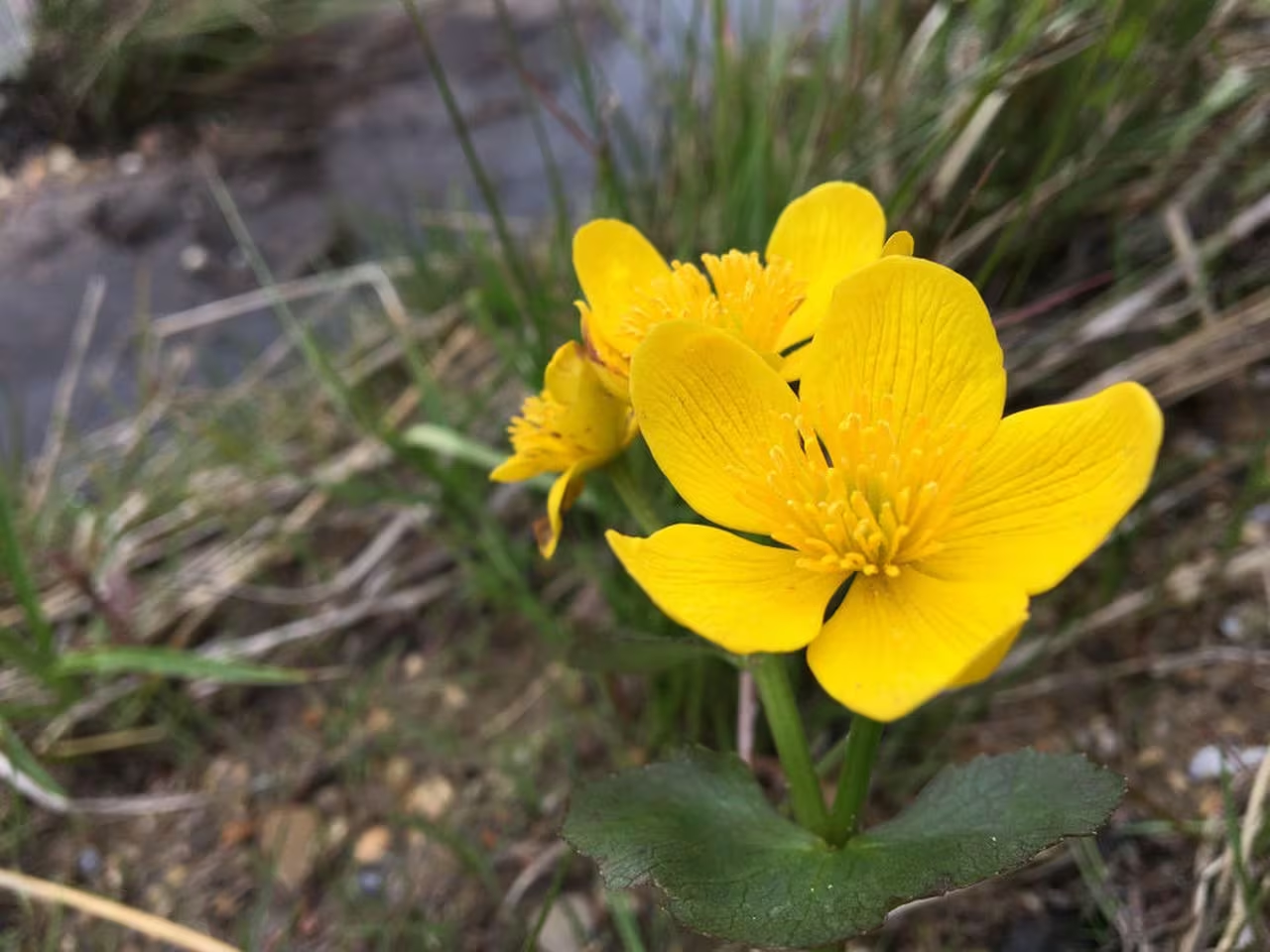
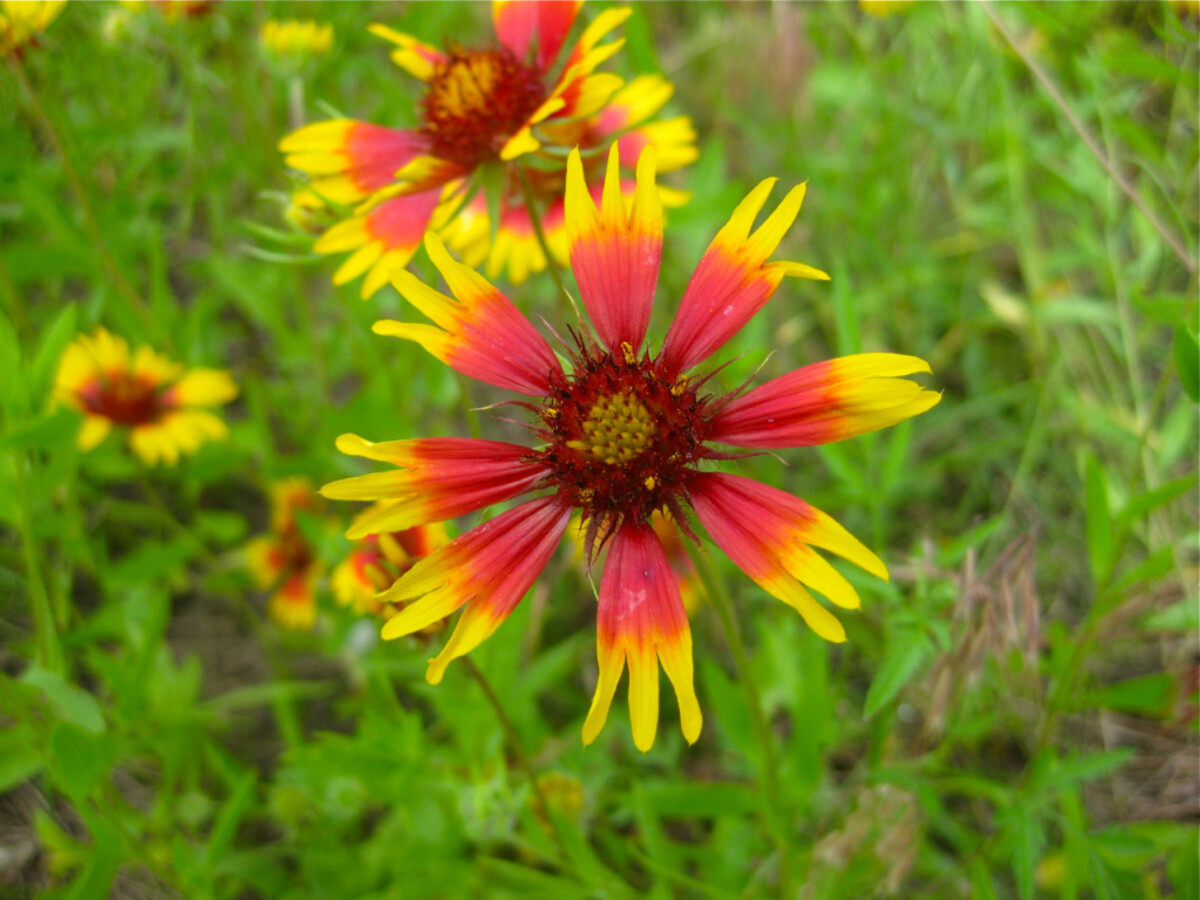
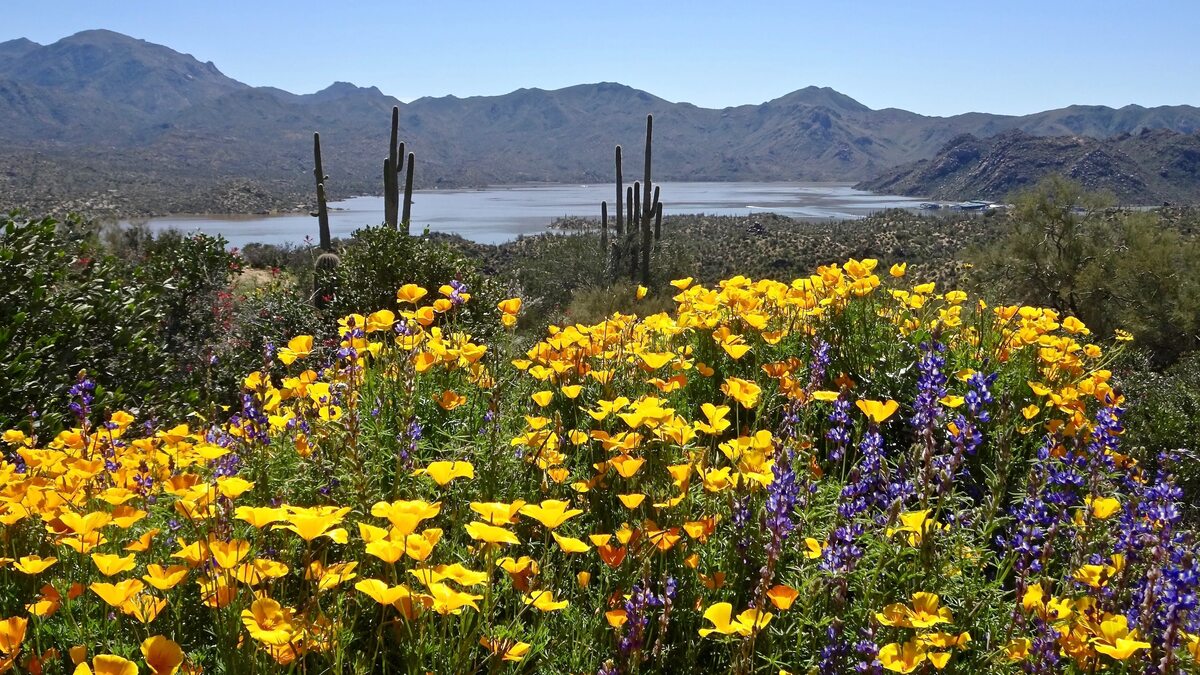
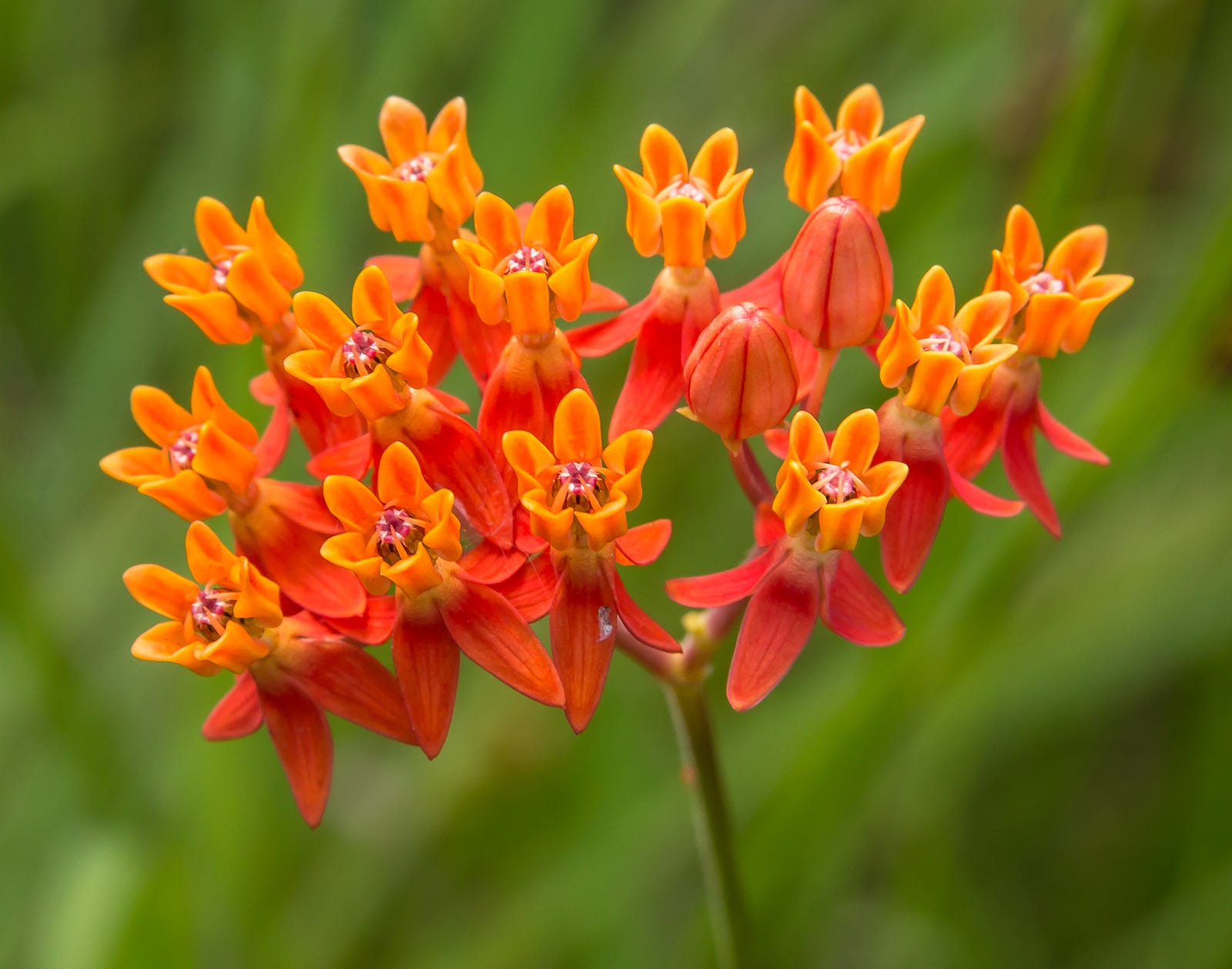
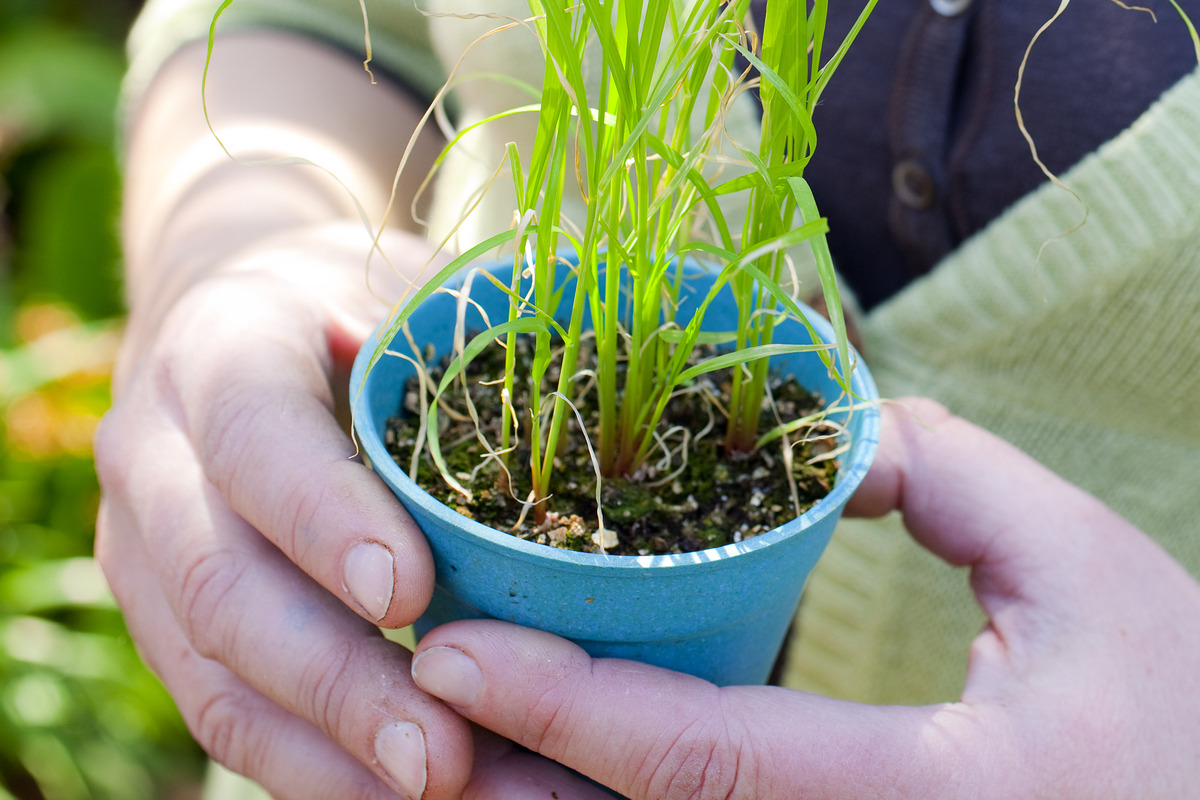
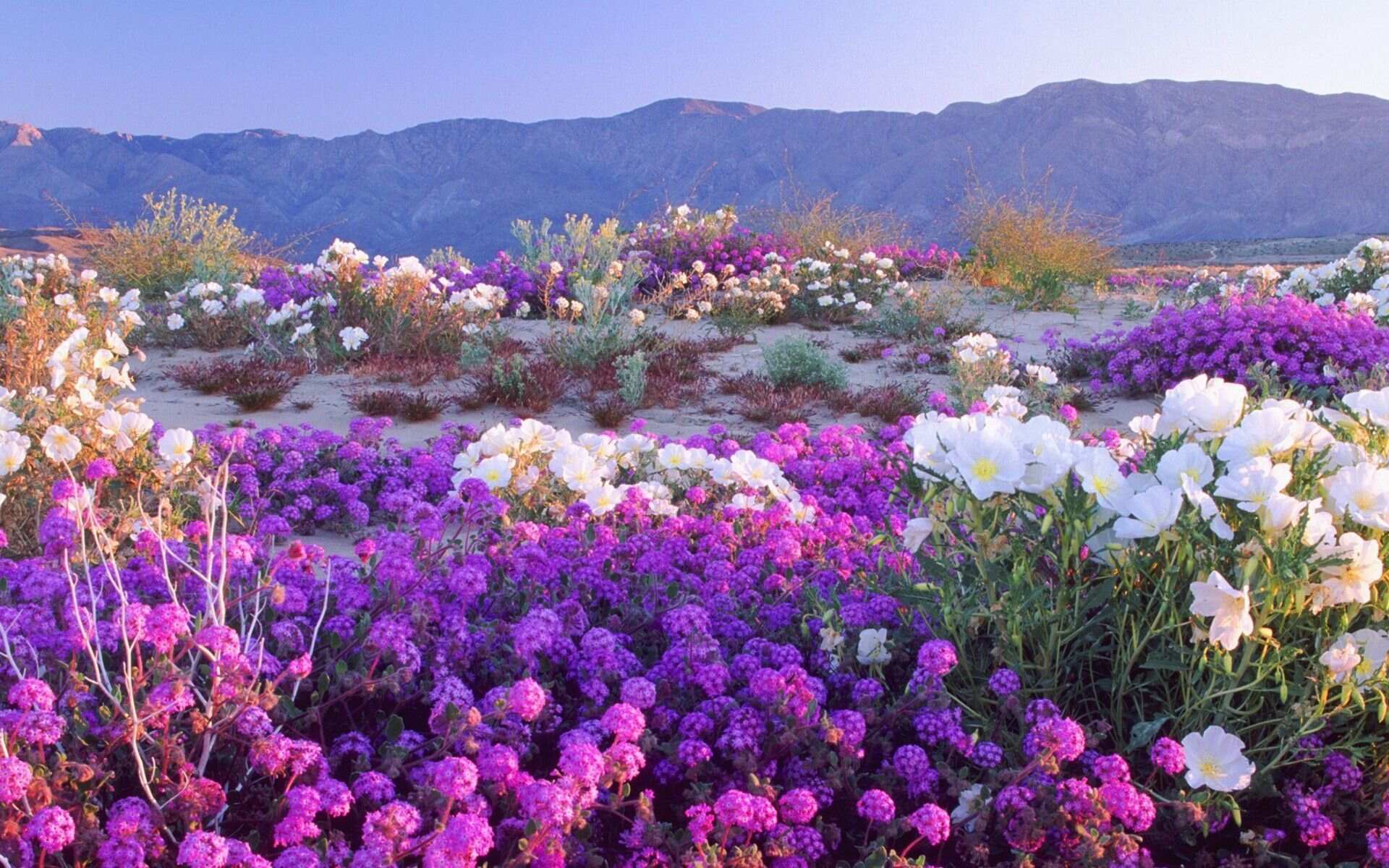
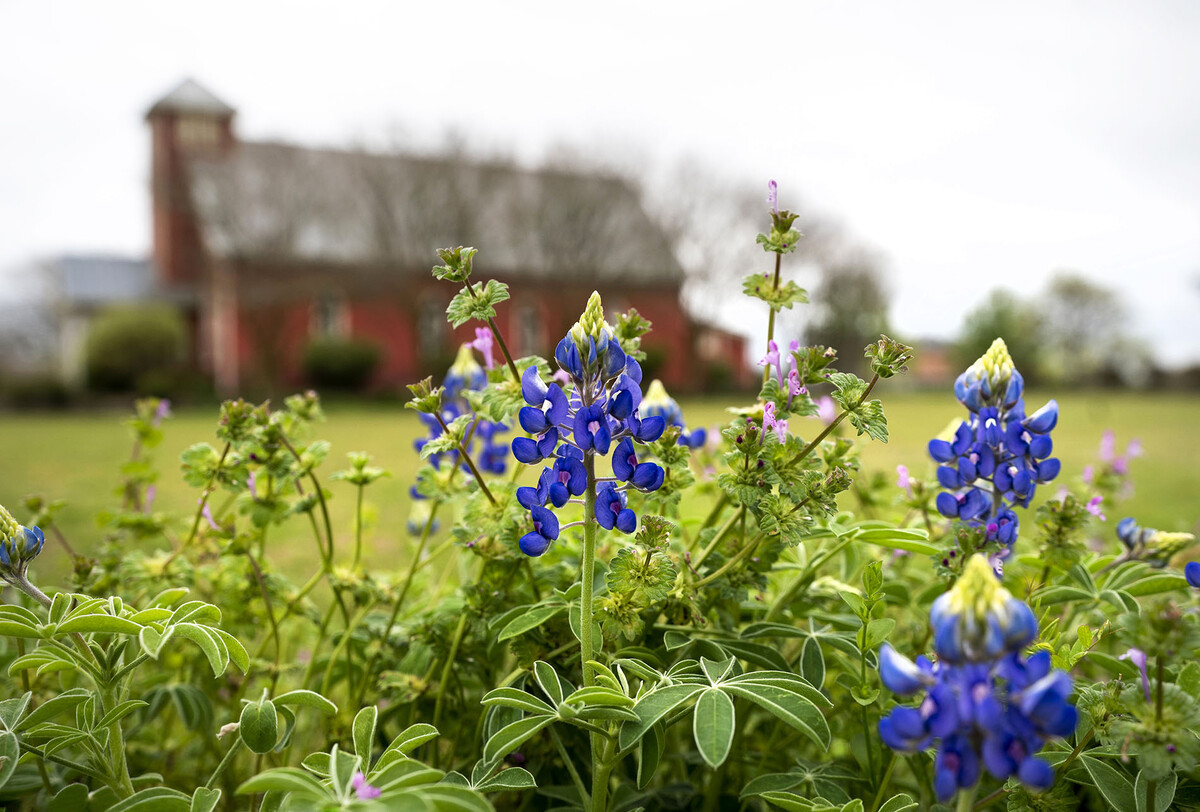
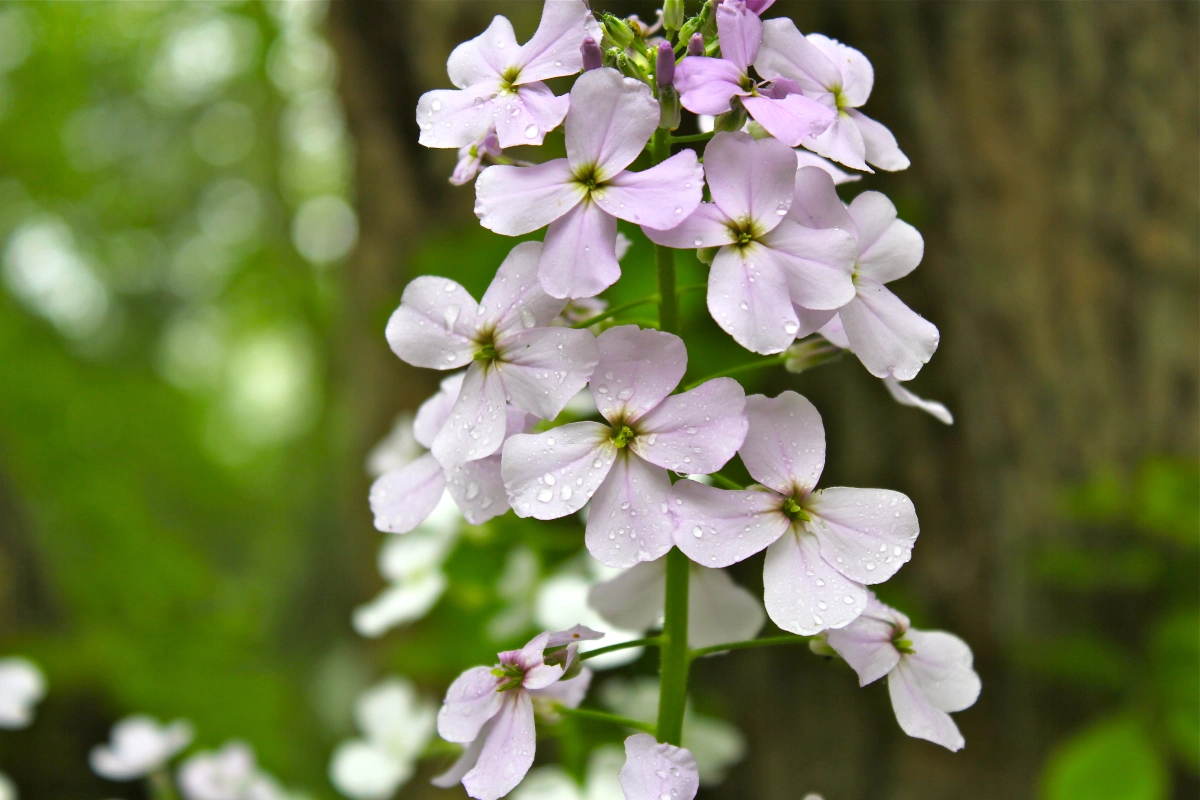
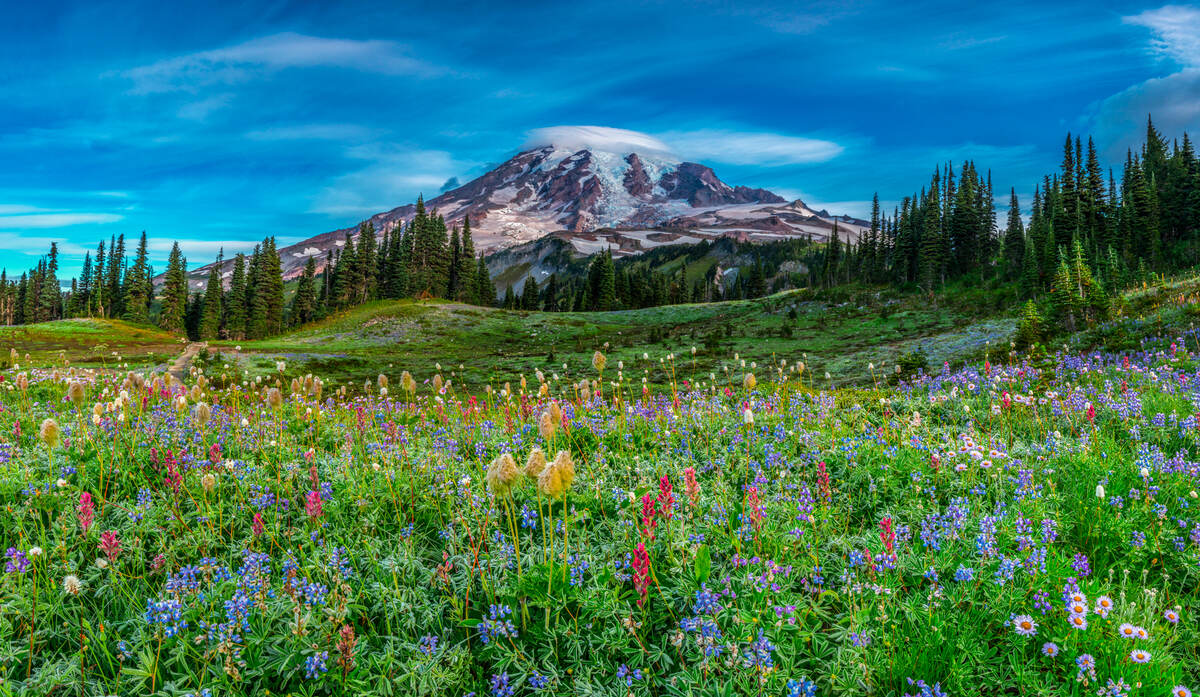
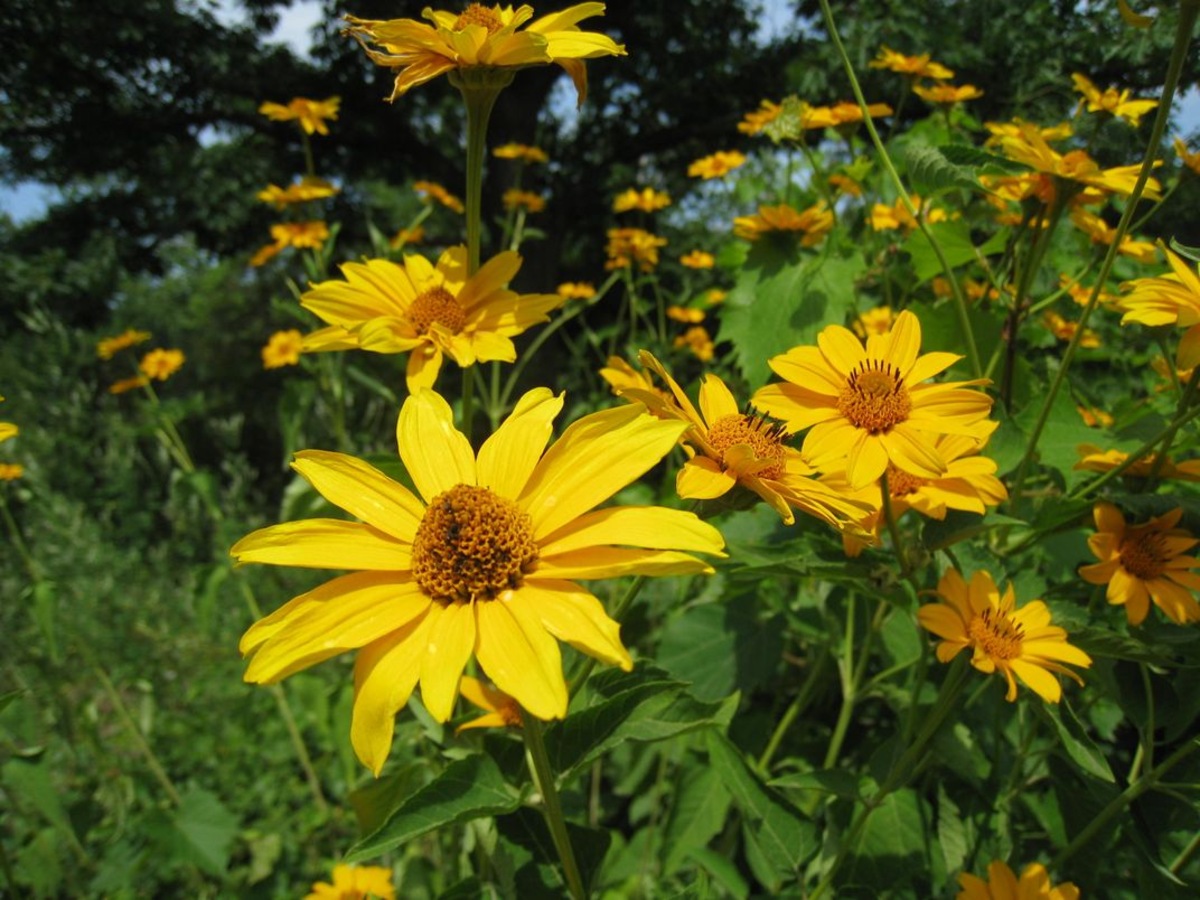

0 thoughts on “When To Plant Wildflower Seeds In Alabama”